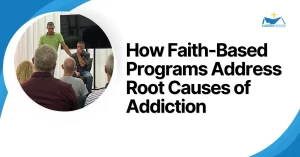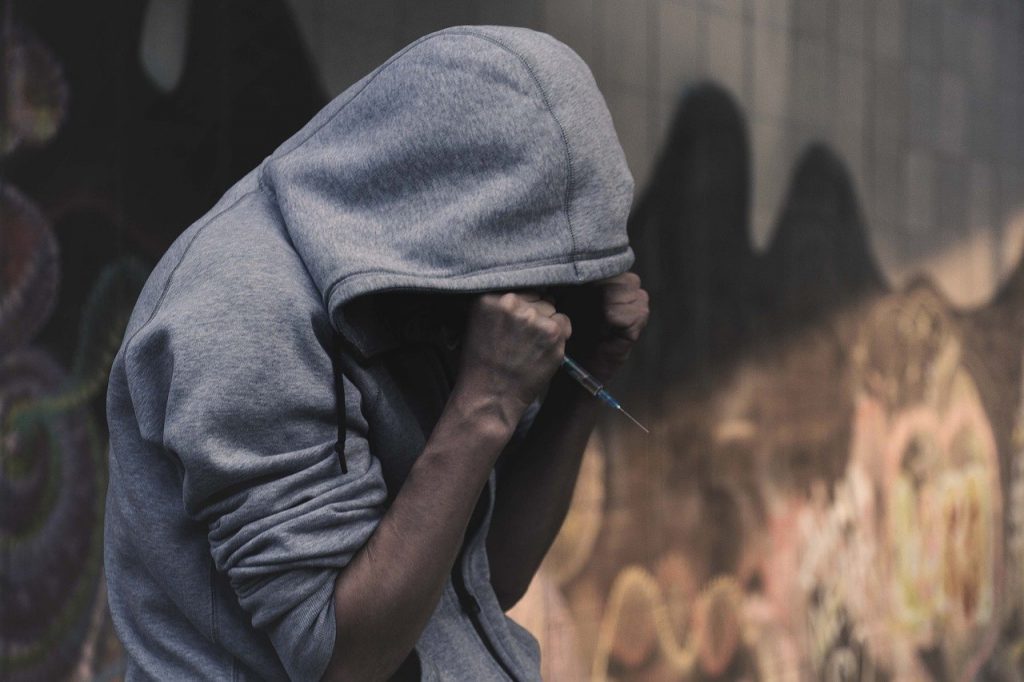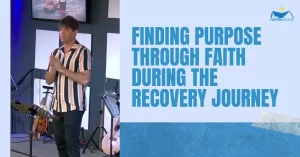

Table of Contents
Many people see the problems that drug abusers have as strictly a social problem. They tend to characterize people who take drugs as morally weak or as having criminal tendencies. They believe that drug abusers and addicts should be able to stop taking drugs if only they were willing to change their behavior.
These common myths have stereotyped and stigmatized not only those with drug problems but also their families, their communities, and the professionals who work with them. Drug abusers represent a major public health problem. Drug abuse affects many people from all walks of life. It is a problem that has a wide-range of social consequences.
Addiction begins with drug abuse. Drug abuse occurs when an individual makes a conscious choice to use drugs. However, “excess drug use” is not the same as an addiction. Recent scientific research provides overwhelming evidence that drugs interfere with normal brain function, creating powerful feelings of pleasure. They also show that drugs have long-term effects on brain metabolism and activity.
At some point during drug use, changes occur in the brain that can turn drug abuse into addiction. People who are addicted to drugs suffer from a compulsive drug craving and cannot quit by themselves. Treatment is necessary to end this compulsive behavior.
A number of approaches are used in contemporary treatment programs to help drug abusers deal with these cravings and help avoid drug relapse. Addiction is clearly treatable. Through treatment that is tailored to individual needs, drug abusers can learn to control their condition and live relatively normal lives.
Treatment can have a profound effect not only on drug abusers but on their families, friends, and society as a whole. Treatment significantly improves social and psychological functioning of drug abusers. This change in lifestyle for drug abusers decreases drug-related crime /violence and reduces the spread of some important diseases such as HIV/AIDS. Effective treatment can also dramatically reduce the costs to society that drug abuse creates.
Understanding drug abuse also helps in understanding how to prevent drug use in the first place. Research has shown that comprehensive prevention programs involving the family, schools, communities, and the media are effective in reducing drug abuse. It is necessary to keep sending the message that it is better to not start at all than to enter rehabilitation if addiction occurs.
A tremendous opportunity exists to effectively change the ways in which the public understands drug abuse and addiction. Overcoming misconceptions and replacing ideology with scientific knowledge is the best hope for bridging the “great disconnect” between the public perception and the scientific facts about drug abuse and addiction.
About 22 million Americans last year were either dependent on or abused drugs, alcohol, or both, according to the results of the 2002 National Survey on Drug Use and Health (NSDUH). This is a survey commissioned by the Substance Abuse and Mental Health Services Administration (SAMHSA). The vast majority of that group, almost 15 million people, abused or depended on alcohol alone.
The survey also found that 19.5 million people, or about 8 percent of the population over age 12, reported current use of illicit drugs. Marijuana (including hashish) was the most commonly used drug of abuse in 2002. 14.6 million Americans used marijuana during the previous year. The next most popular form of drug abuse was the non-medical use of prescription drugs (6.2 million people). Of these, an estimated 4.4 million people used narcotic pain relievers, 1.8 used anti-anxiety medications, 1.2 million used stimulants, and 250,000 used sedatives.
Most Fail to Get Treatment
SAMHSA officials estimated that 7.7 million people needed treatment for a drug problem last year. Yet they found that only 1.4 million received treatment for drug abuse or dependence at a treatment facility during the year prior to the survey.
Of the 6.3 million people who needed treatment for drug-related problems but did not receive it, only about 362,000 reportedly felt they even needed such treatment the survey showed. This number included 88,000 people who said they tried but were unable to get treatment.
Newsletter Signup
Discipleship Training
“The teaching of the wise is a Fountain of Life, turning a person from the snares of death.”
Proverbs 13:14 NIV

